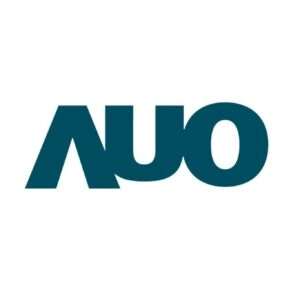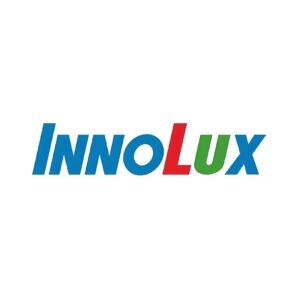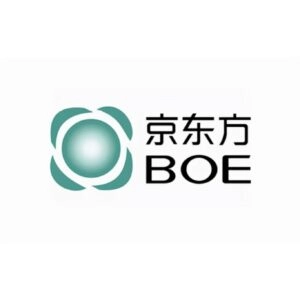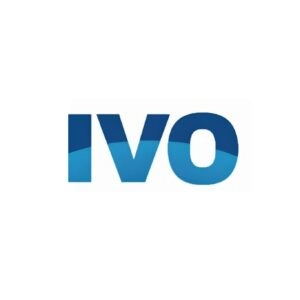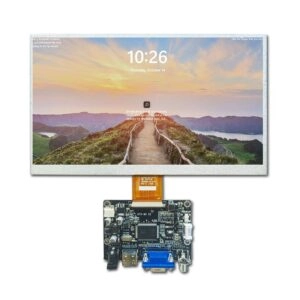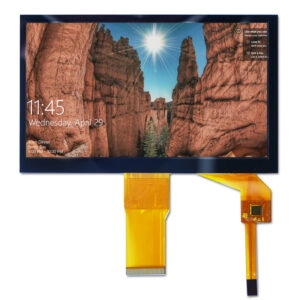Overview of Car Display Technologies
Introduction to Car Display Systems
Car display systems are essential in today’s vehicles. They offer a simple way for drivers and passengers to connect with the car. These systems present key details like directions, speed, fuel levels, and fun options. As smart cars gain popularity, stylish car displays are in demand. Makers focus on creating displays that work well and look great.
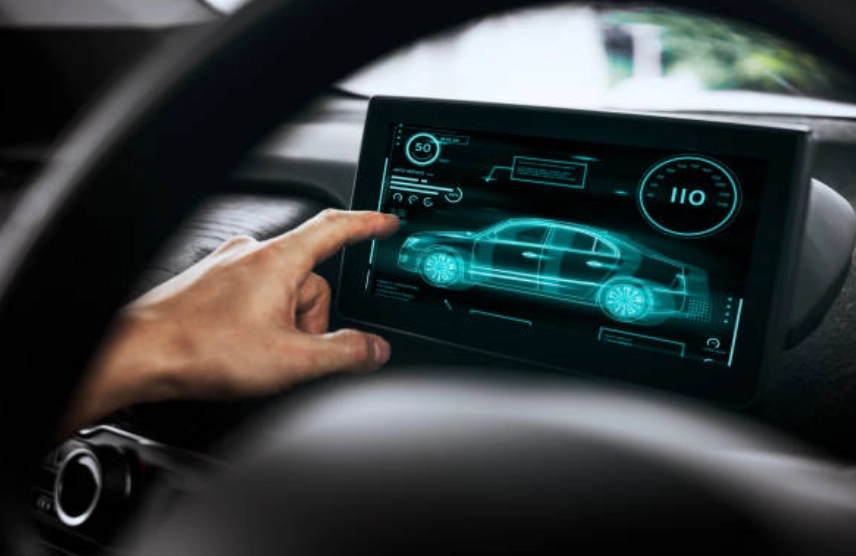
Evolution of Automotive Displays
The story of automotive displays began with plain analog gauges. These shared basic facts. Over time, they turned into digital screens. Digital screens provide clearer data and more options. Now, cars feature high-definition touch screens, OLED panels, and head-up displays (HUDs). HUDs are highly creative. They project important driving details onto the windshield. This keeps drivers’ eyes on the road. This shift highlights the need for modern technology and improved user experiences in cars.
Types of Car Displays
Understanding different car displays is crucial for choosing the best one for a vehicle. Here are the most common types:
1. Touchscreen Displays
Touchscreen displays have transformed vehicle interiors. They provide an easy way to manage various tasks. Drivers can tap or swipe to adjust music, temperature, or navigation. Capacitive touchscreens are very popular. They respond quickly and last long. Companies like Miqidisplay craft custom touchscreen solutions. These boost both function and beauty.
2. LCD Displays
Liquid Crystal Displays (LCDs) are widely used in cars. They are budget-friendly, sharp, and flexible. LCDs appear in instrument clusters and entertainment systems. They offer clear images in various lighting conditions. They can be shaped to fit different dashboards. Miqidisplay provides top-notch LCD modules. These ensure great image quality and durability.
3. OLED Displays
Organic Light Emitting Diode (OLED) displays are growing in cars. They feature vivid colors, thin designs, and bold contrast. These screens show bright colors and deep blacks. This enhances visibility and appeal. However, they are usually pricier. They are often in luxury cars. Miqidisplay’s OLED modules mix performance with charm. They are ideal for upscale dashboards.
4. Head-Up Displays (HUDs)
HUDs are among the latest breakthroughs in car displays. They project key data onto the windshield. This includes speed, directions, and lane assistance. HUDs help drivers stay focused on the road. This promotes safer driving and cuts distractions. Advanced HUDs now include augmented reality features. These improve navigation.
5. Instrument Cluster Displays
These displays replace traditional gauges with digital screens. They can be tailored to show driving modes, performance stats, and safety alerts. Some advanced clusters provide full-screen visuals. They also feature animations that shift based on the driving setting.
6. Rear Entertainment Displays
These screens are often mounted on seat backs or the ceiling. They entertain passengers. They are popular in SUVs and family cars. They may support HDMI inputs, wireless streaming, or built-in DVD systems.
Key Features and Functionalities of Car Displays
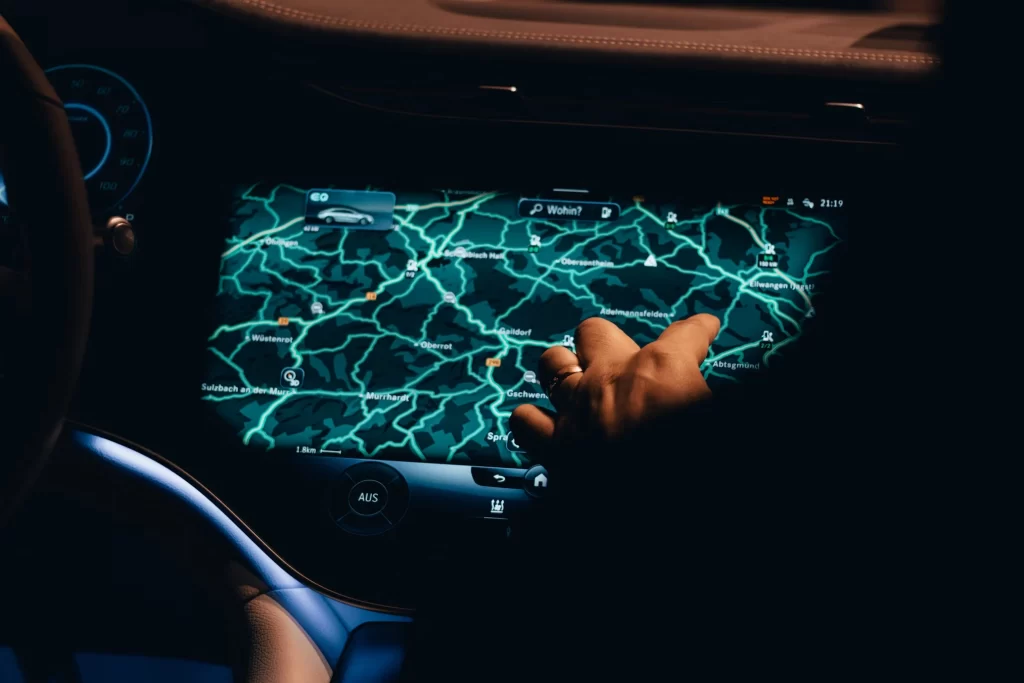
Resolution and Image Quality
High resolution is vital for clear and easy-to-read car displays. Modern screens offer Full HD, 2K, and even 4K resolutions. These deliver crisp visuals. Miqidisplay prioritizes top image quality. Their advanced production methods meet automotive standards.
Touch Sensitivity and Responsiveness
A fast touchscreen enhances the user experience. It enables smooth interaction. Capacitive or resistive touch technologies ensure precise and quick input detection. Miqidisplay’s touch panel designs provide reliable performance. They are suited to various driving conditions.
Durability and Environmental Resistance
Car displays must withstand harsh conditions. These include:
- Extreme temperatures (from -30°C to +85°C)
- UV exposure
- Vibration and jolts
- Humidity and dust
Miqidisplay’s sturdy designs meet tough industry standards for automotive applications.
Sunlight Readability
Anti-glare coatings and bright screens (often over 800 nits) are necessary. They ensure visibility in direct sunlight. This is especially critical for HUDs and dashboard displays.
Choosing the Right Display for Your Vehicle
Factors to Consider for Selection
Selecting the right car display requires evaluating several factors:
- Screen Size & Resolution: Larger screens with higher resolutions improve visibility.
- Sunlight Readability: Anti-glare coatings or bright screens work well in sunlight.
- Touch Sensitivity: A responsive touchscreen ensures smooth use.
- Durability: Displays must be robust to handle tough conditions.
Miqidisplay’s wide-temperature TFT displays offer excellent sunlight readability. They remain dependable in difficult conditions. Also, looks matter. Modern designs often blend seamlessly. There is no visible difference between display areas when the screen is off.
Compatibility with Vehicle Systems
Before purchasing a car display, ensure it matches the car’s systems. This includes Bluetooth or smartphone platforms like Apple CarPlay or Android Auto. The display should also integrate smoothly with other car features. These include temperature controls or advanced driver-assistance systems (ADAS). Miqidisplay provides solutions designed for easy connection with various automotive systems.
Miqidisplay Automotive Console Displays
Car displays are used for extended periods. They require strong reliability and stability. Miqidisplay’s wide-temperature Thin Film Transistor (TFT) displays are engineered to meet these strict demands. These displays provide outstanding sunlight readability. Drivers can view critical information effortlessly. This works in any weather or lighting condition. Whether it’s a bright day or a dark night, Miqidisplay guarantees clear visibility.
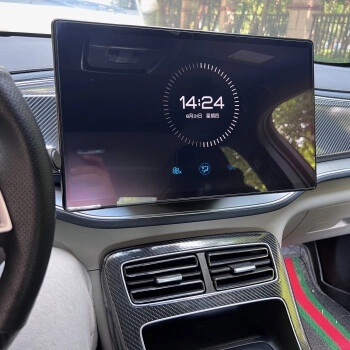
Miqidisplay also emphasizes toughness in its console displays. Their products undergo rigorous testing. This includes multiple checks before shipping. This ensures consistent performance in extreme conditions like heat or cold. Moreover, their TFT technology delivers sharp image quality and quick touch functions. This enhances the overall user experience.
FAQ
How Do Integrated Mirror Displays Work?
Integrated mirror displays combine reflective surfaces with digital screens smoothly. They create effects like pure black or wood grain finishes when off. This boosts interior beauty. They remain fully functional when activated.
Are OLED Displays Better Than LCDs for Cars?
OLED displays offer brighter colors, better contrast, and slimmer designs than LCDs. However, they are more expensive. Each has advantages based on the need.
Can I Add a New Touchscreen Display to My Car?
Yes, a new touchscreen display can be added. It must work with the car’s systems. This includes Bluetooth or platforms like Apple CarPlay or Android Auto. Ensure it connects well with features like temperature controls or navigation.
Why Does Durability Matter for Automotive Displays?
Car displays face tough conditions. These include extreme temperatures and vibrations. Durability ensures they stay functional over time. This supports safety and performance.
